Seasonal Affective Disorder and Red light therapy
Transitioning from autumn's vibrant hues to winter's stark landscapes, many encounter a significant yet frequently underestimated challenge: Seasonal Affective Disorder (SAD). This form of depression, characterized by seasonal mood disturbances, mainly affects people in the fall and winter seasons.
This article, we provide an overview of SAD and examine the impact of sunlight on seasonal changes. Then investigate how red light therapy can provide solace during the peak months of SAD prevalence.
The Impact of Sunlight on Seasonal Changes
The changing seasons bring about a significant shift in the amount of natural light we are exposed to. Sunlight helps control our body clocks and affects important chemicals like serotonin and melatonin. Less sunlight in fall and winter can mess up this balance, causing physical and mental effects.
Unraveling Seasonal Affective Disorder
Seasonal Affective Disorder (SAD) is a type of depression that's related to changes in seasons. For most individuals, Seasonal Affective Disorder typically commences in the fall and persists throughout the winter. However it can also happen in the spring or early summer.
Common symptoms of SAD include:
- Feeling depressed most of the day, nearly every day
- Losing interest in activities you once enjoyed
- Having low energy
- Having problems with sleeping
- Experiencing changes in your appetite or weight
- Feeling sluggish or agitated
- Having difficulty concentrating
- Feeling hopeless, worthless, or guilty
The specific cause of SAD is not known, but some factors that may come into play include:
1. Biological Clock (Circadian Rhythm):
Less sunlight in fall and winter can mess up your body's internal clock, which might make you feel down.
2. Serotonin Levels:
Reduced sunlight can cause a drop in serotonin levels, which affects mood.
3. Melatonin Levels:
The change in season can disrupt the balance of melatonin, which plays a role in sleep patterns and mood.
Treatment for SAD can include light therapy, psychotherapy, medication, and self-care strategies. Self-care may involve living a healthy lifestyle, exercising regularly, and managing stress.
How Red Light Therapy Can Help with SAD
Red light therapy, or low-level laser therapy, uses certain wavelengths of red light. This treatment helps promote different healing effects on the body. Red light therapy often associates with benefits such as skin rejuvenation and wound healing. Some studies suggest it may also help people with SAD.
1 Mood Regulation:
Red light therapy has been shown to stimulate the production of serotonin, a neurotransmitter associated with mood regulation. Red light therapy may help raise serotonin levels. This can reduce symptoms of depression and improve mood in people with SAD.
2. Energy Boost:
Red light therapy can boost energy production in the body. This may help reduce feelings of fatigue and low energy in people with SAD.
3. Circadian Rhythm Regulation:
Red light therapy can help regulate circadian rhythms. These rhythms are important for sleep-wake cycles and overall well-being. By optimizing circadian rhythms, red light therapy may contribute to improved sleep patterns and mood stability.
Using Red Light Therapy for SAD
When thinking about red light therapy for SAD, it's important to talk to a healthcare provider. They can help you find the best treatment plan. Here are some general guidelines for using red light therapy for SAD:
1. Selecting a Red Light Device:
Choose a red light therapy device that emits wavelengths between 630 and 700 nanometers. These wavelengths are usually helpful for therapy.
2. Exposure Time and Frequency:
Start with short exposure times, typically around 10 to 20 minutes per session, and gradually increase as tolerated. Experts often recommend daily sessions for optimal benefits.
3. Timing of Sessions:
Experts often suggest morning sessions for people using red light therapy for SAD. Getting light in the morning can help set your body’s clock and improve your mood for the day.
4. Consistency:
Consistent and regular use of red light therapy is key to experiencing its full benefits. Establish a routine that aligns with your schedule. Make sure to include red light therapy in your daily activities.
5. Safety Precautions:
Always follow the manufacturer's instructions for your red light therapy device. This will help ensure safe and effective treatment. Protect your eyes during sessions and avoid looking directly at the light source.
Red light therapy may help manage SAD. However, it is important to include it in a complete treatment plan. This plan can also involve other therapies like light therapy, psychotherapy, medication, and lifestyle changes. Monitoring your progress and consulting with healthcare professionals can help tailor your treatment approach for optimal outcomes.
Summary
Seasonal Affective Disorder (SAD) affects people in many ways. It can darken our emotions and drain our energy each day.
Researchers show that Seasonal Affective Disorder (SAD) closely links to changing seasons. This is especially true when there is less sunlight. This connection relates to the angle of the sun. An effective strategy to counter the emotional fluctuations brought on by SAD involves maintaining optimal light levels.
Spending time outdoors in the sun or using a red light therapy tool like Bontanny can improve your mood. Using the power of helpful light can bring energy and hope when sunlight is low.


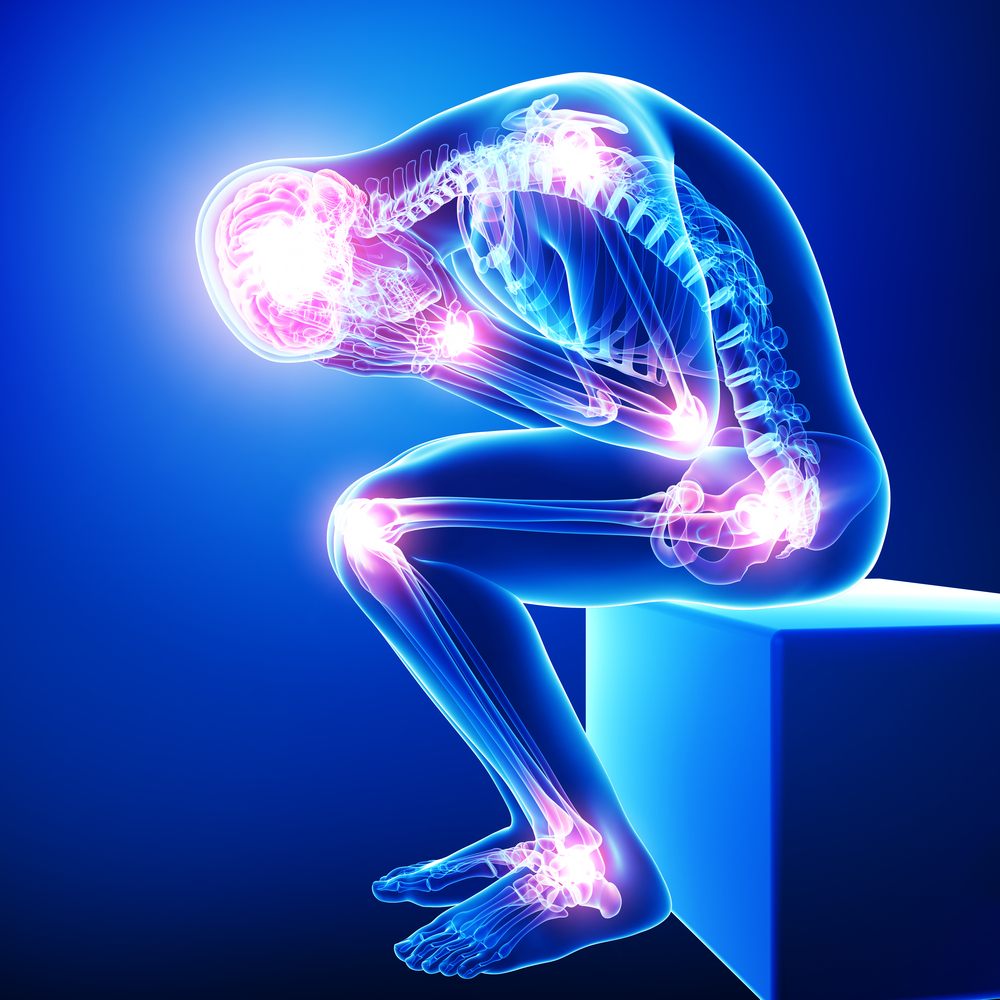

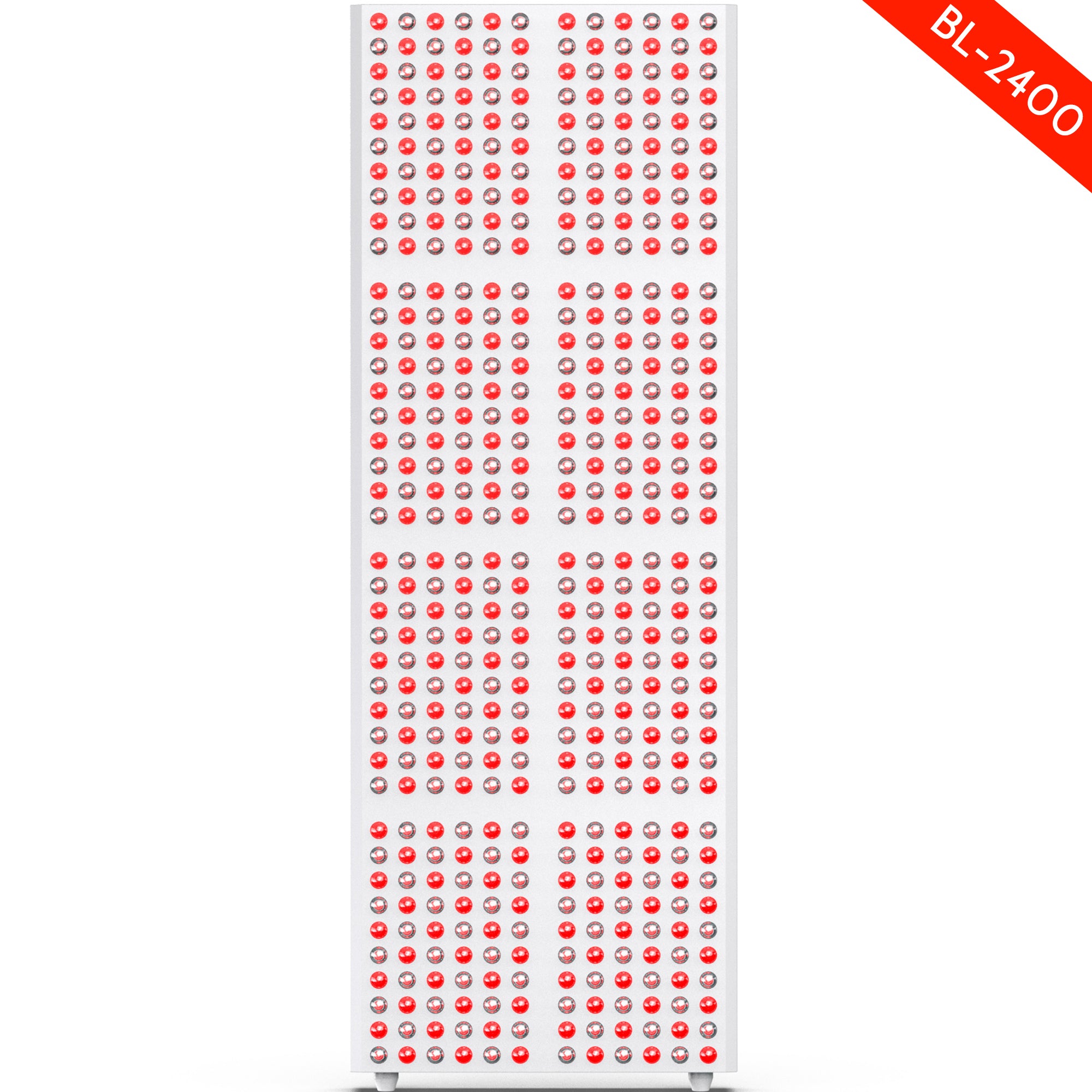
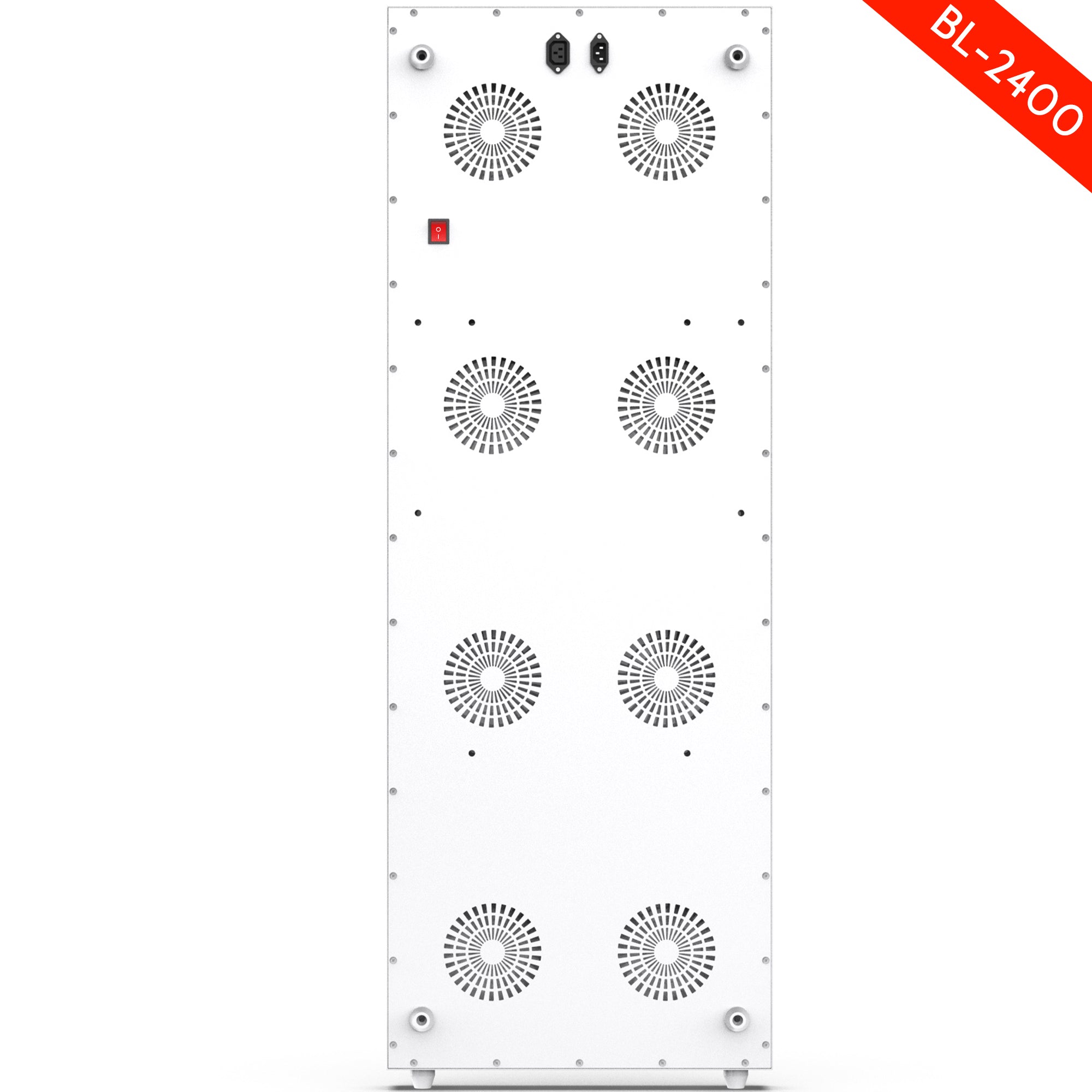
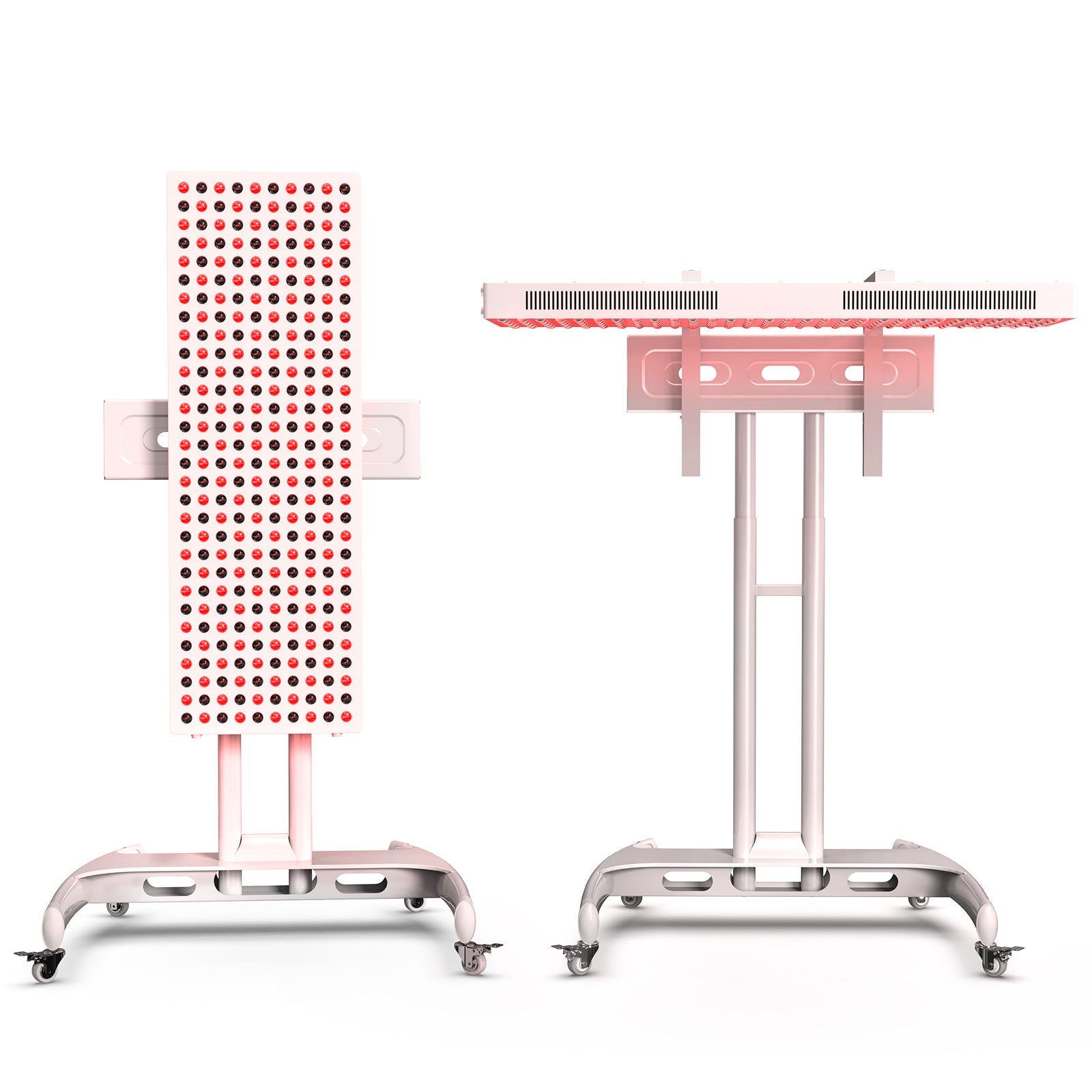
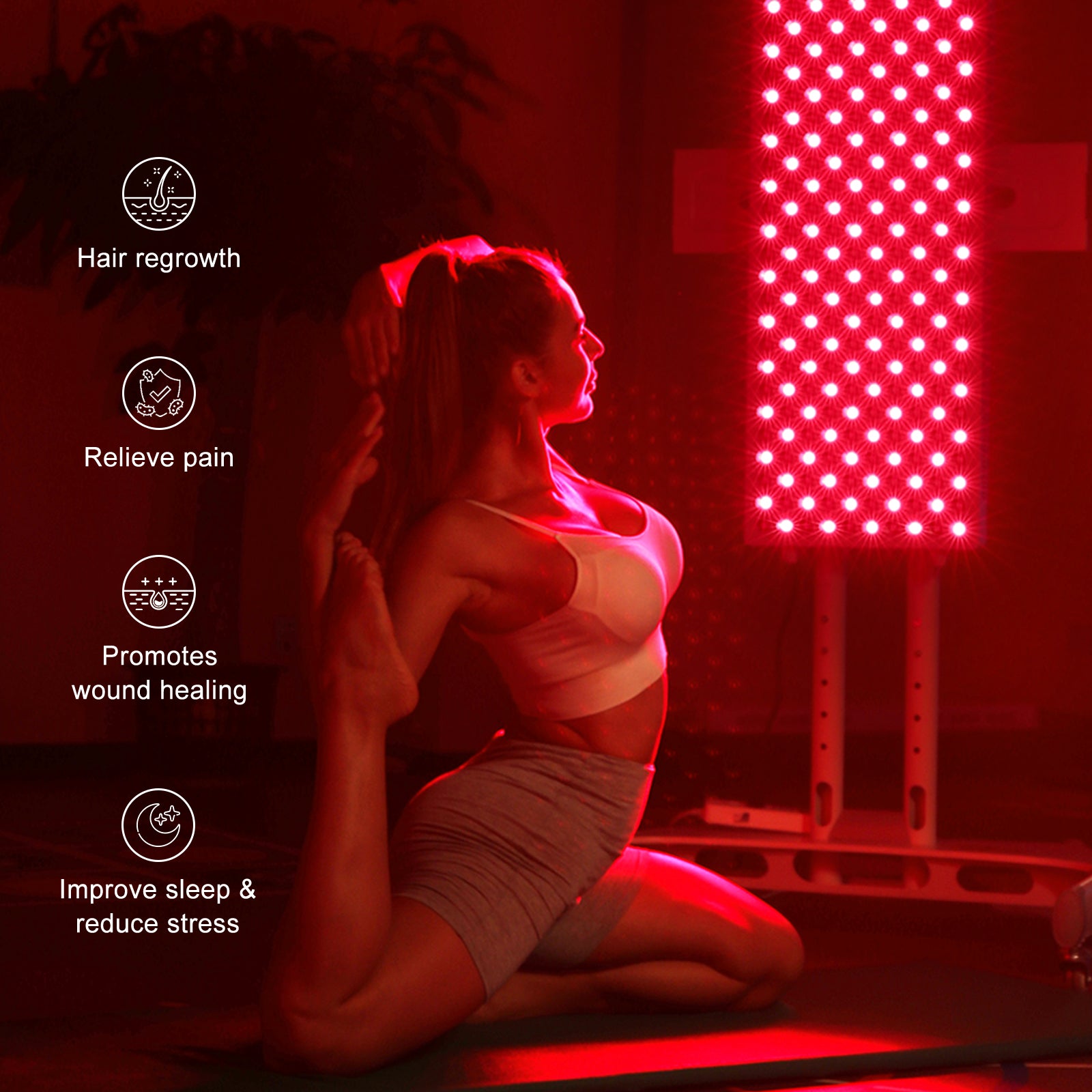
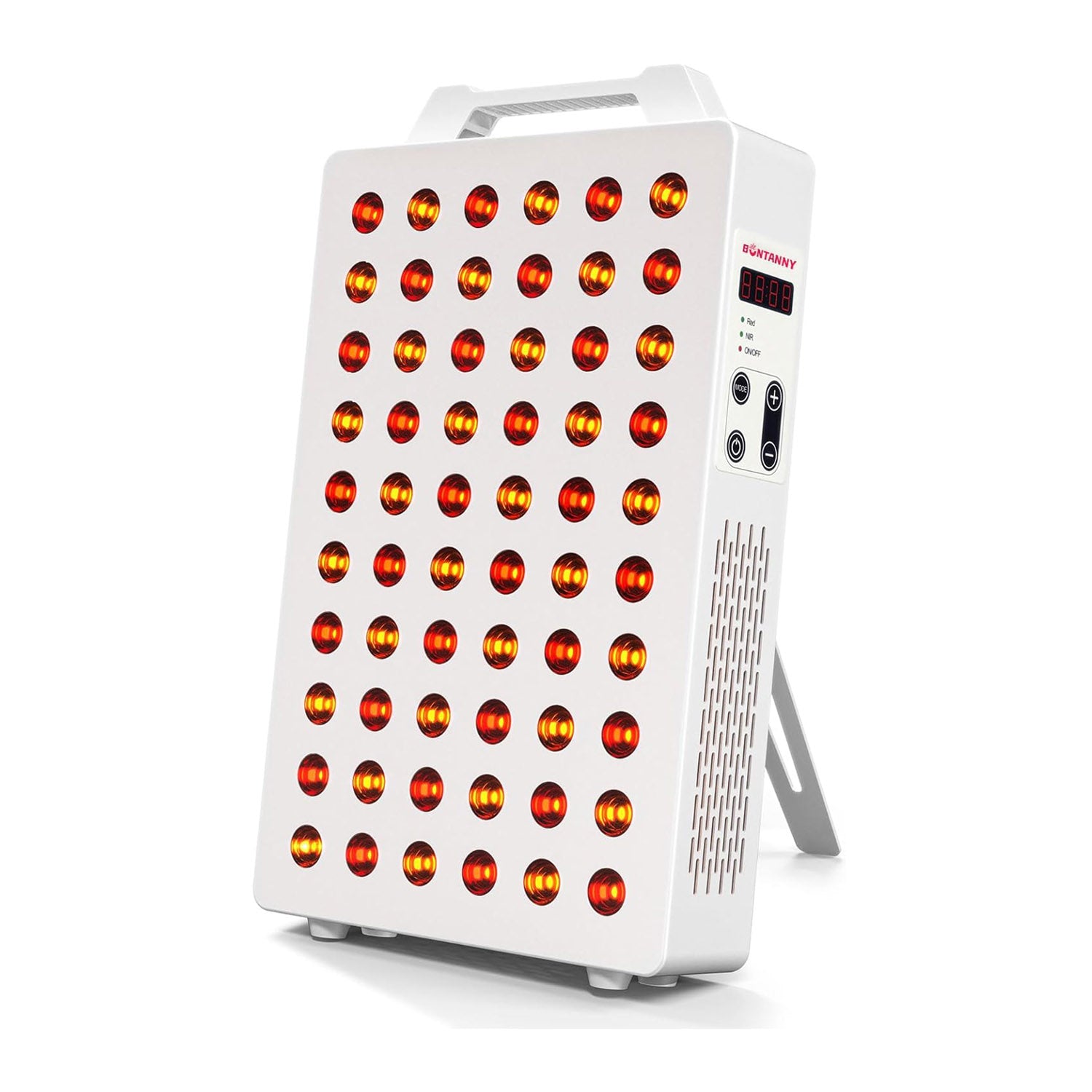
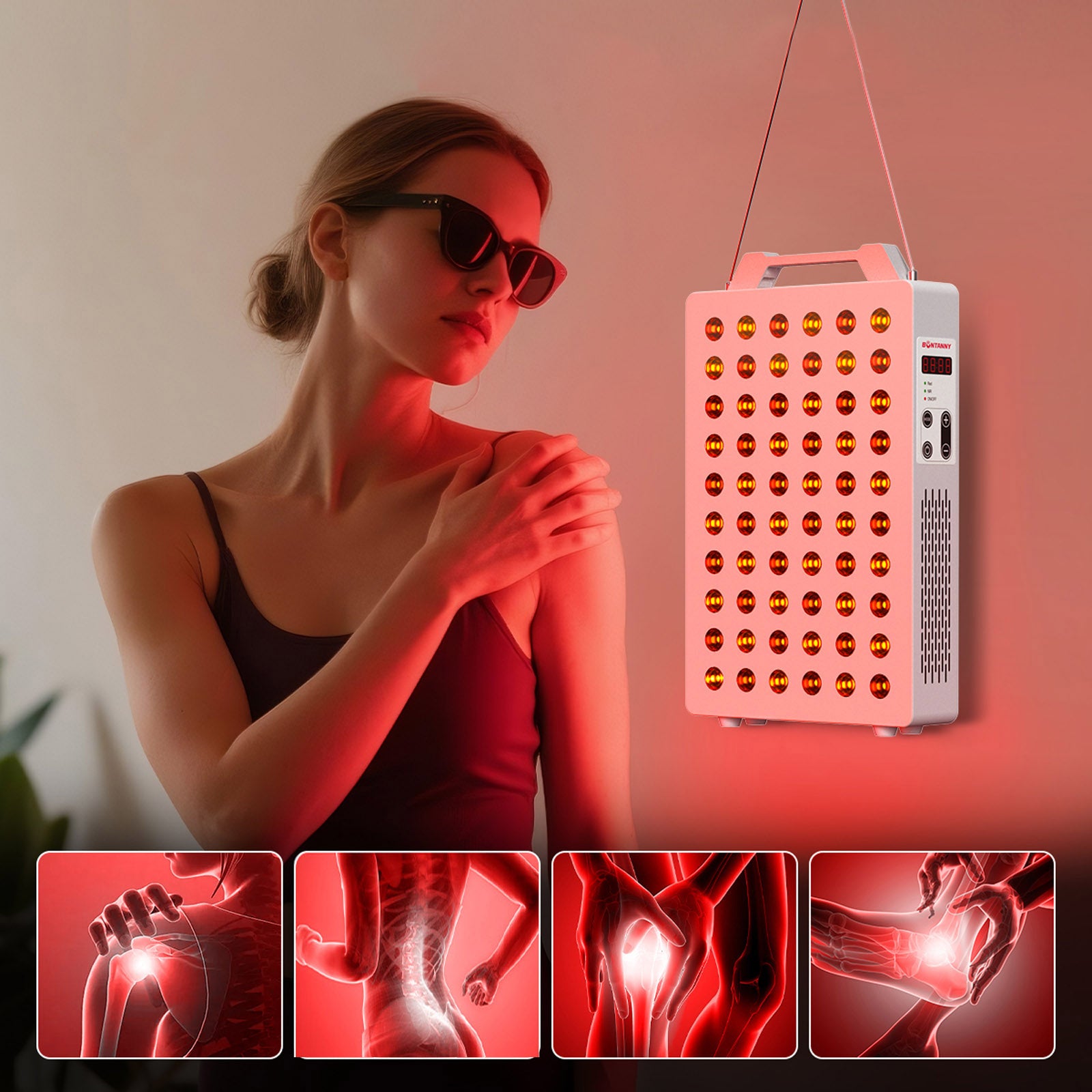
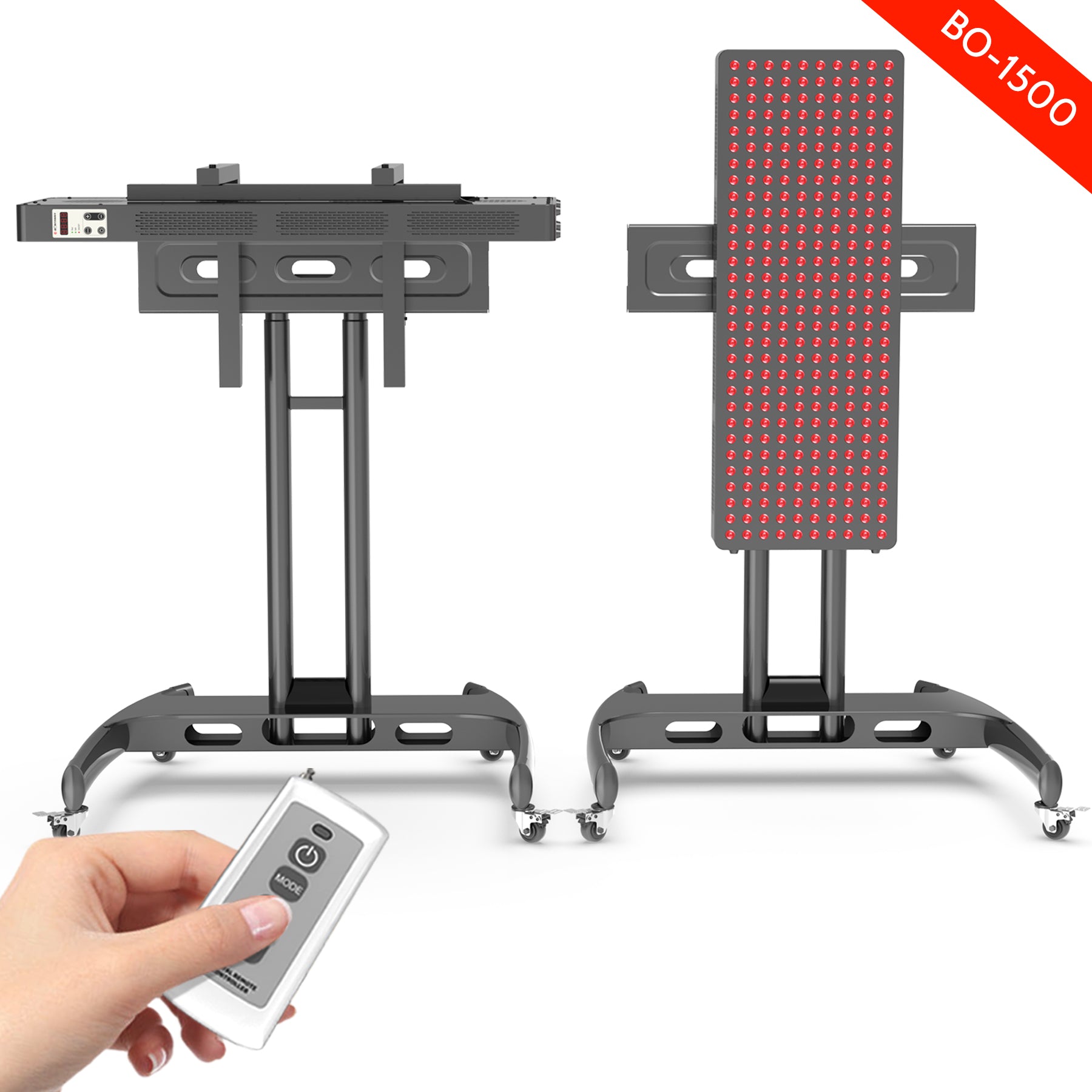
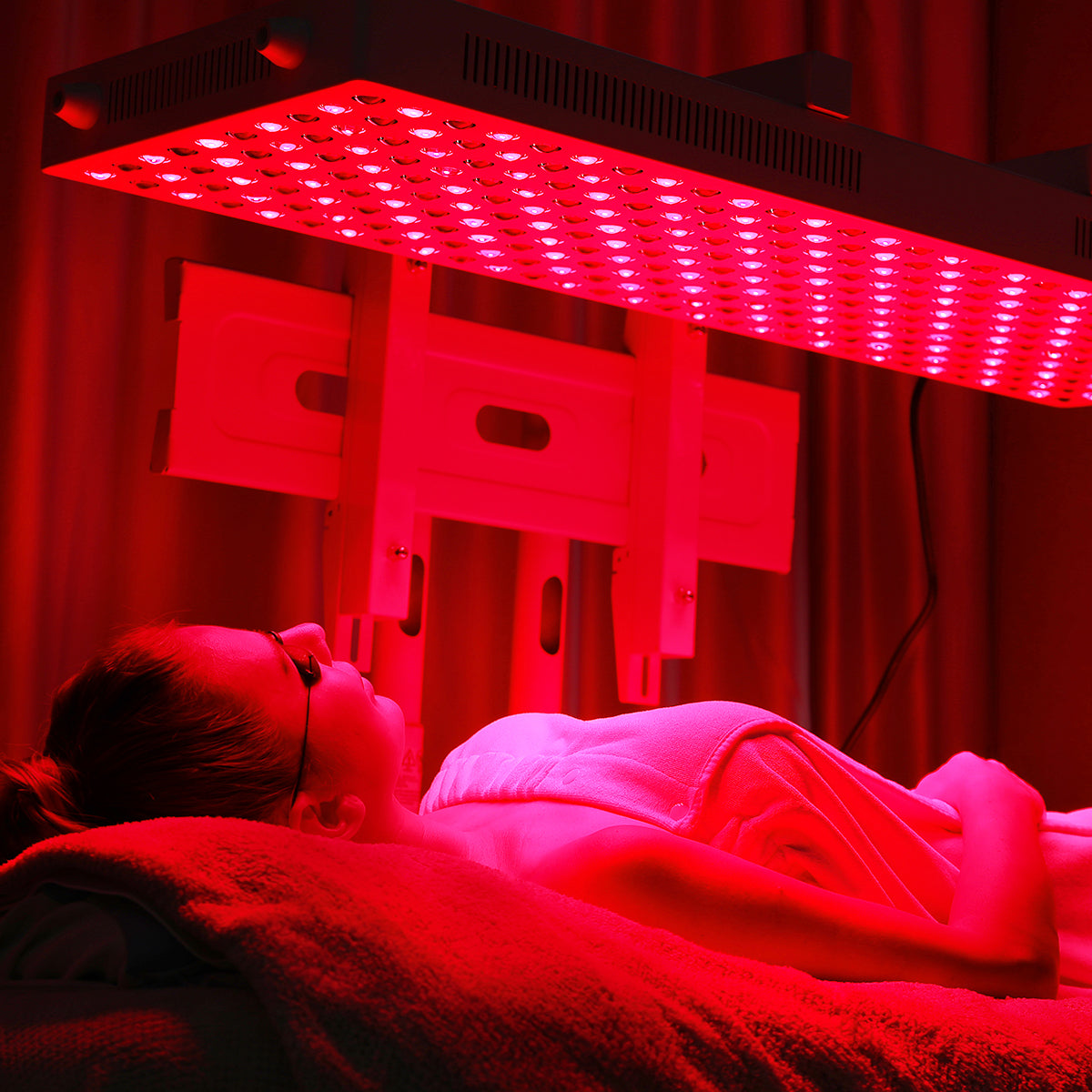
Leave a comment
This site is protected by hCaptcha and the hCaptcha Privacy Policy and Terms of Service apply.